Freaknik Unveiled: 7 Mind-Blowing Revelations from the Documentary
From its humble beginnings to its meteoric rise as a transformative movement in cultural history, and ultimately to its demise amidst a tragic twist of fate, "Freaknik: The Wildest Party Never Told" offers an unfiltered glimpse into a bygone era. Here are 7 mind-blowing revelations from the documentary.
Photo Credit: HULU
As '90s babies, we've all been regaled with the legendary tales of the wild escapades that defined ATL during Freaknik in the '80s and late '90s. With only camcorders to capture the madness and no internet to discern fact from fiction, separating reality from urban folklore proved to be a Herculean task. But fear not, for the long-anticipated "Freaknik: The Wildest Party Never Told" Documentary has finally arrived to set the record straight.
Released on Thursday, March 21st, on Hulu, this documentary, executive produced by the trifecta of 21 Savage, Jermaine Dupri, and Uncle Luke, along with insightful commentary from the very architects of Freaknik, promises to peel back the layers of this cultural phenomenon. With contributions from luminaries such as Lil Jon, Killer Mike, Jalen Rose, Too $hort, Shanti Das, former Atlanta Mayor Kasim Reed, Erick Sermon, CeeLo Green, Rico Wade, Kenny Burns, and a host of others, the film takes viewers deep into the heart and soul of Freaknik.
Through candid interviews and never-before-seen footage, these titans of hip-hop and cultural commentary lay bare the realities of Freaknik, revealing truths that challenge our preconceived notions and shatter long-held myths. From its humble beginnings to its meteoric rise as a transformative movement in cultural history, and ultimately to its demise amidst a tragic twist of fate, "Freaknik: The Wildest Party Never Told" offers an unfiltered glimpse into a bygone era. Here are 7 mind-blowing revelations from the documentary.
Freaknik attendee’s party on top of a jeep.
Photo Credit: HULU
1. The Birth of Freaknik
Freaknik's origins trace back to a modest picnic for college students in Atlanta during spring break, initially supported by community donations and catering exclusively to the collegiate audience from 1982 through 1988. Amidst Atlanta's historically black colleges, it blossomed into a celebration of black culture and community, fueled by the infectious spirit of camaraderie. By 1989, however, the event had evolved, attracting thousands to the city and marking the beginning of its transformation into a cultural phenomenon. Despite its provocative name, inspired by the R&B anthem "Le Freak," Freaknik was never intended as a literal "freak feast," but rather as a joyous homage to the vibrant energy of black culture and connection.
2. The Founders of Freaknik are not from Atlanta
While Freaknik made history in Atlanta, its original founders, Emma Horton, Amadi Boone, Monique Tolliver, and Sharon Toomer, from the DMV, sought to bring a taste of Chocolate City to Atlanta—and succeeded admirably. Within the campus, clubs were divided based on city or state affiliations, and the Metro DC club gained renown for hosting the most unforgettable parties.
Jermaine Dupri DJ’s a Freaknik event.
Photo Credit: HULU
3. Freaknik Was Southern Rap's Gateway to Global
Freaknik played a critical role in propelling Southern Rap to international prominence. It is a legendary event ingrained in Hip-Hop culture, immortalized in songs, metaphors, and music videos. Back then, radio stations like V103 primarily played R&B music, leaving rap to out-of-town DJs who preferred New York artists such as Erik B and Rakim, LL Cool J, and Big Daddy Kane—much to the dissatisfaction of local artists and musicians.
Uncle Luke
Photo Credit: HULU
4. Uncle Luke Put the Freak in Freaknik
Believe it or not, Freaknik didn't always carry the connotations of sexually explicit culture, although it fostered an environment where expression was embraced and celebrated. Originally, it was simply a gathering where students came together to feel connected and revel in the joy of camaraderie. In the documentary, Uncle Luke candidly shared, "I brought the freak to Freaknik. Sh*t … somebody had to do it," noting that his video "Work It Out" [1993] was filmed at Freaknik.
While the essence of Freaknik began to transcend mere picnics and parties prior to The Luke EP, the Miami rapper unquestionably played a pivotal role in elevating the street affair to unprecedented heights, introducing elements of sexually explicit culture that would come to define subsequent versions of the event.
5. The Olympics Sparked The Death of Freaknik
In 1996, as Atlanta prepared to host the Olympics, the city was thrust into the global spotlight, prompting political leaders to scrutinize the annual gathering. The documentary explains how, while the Olympic Games brought prestige to Atlanta, they proved catastrophic for Freaknik. Then-Mayor Bill Campbell, tasked with ensuring a flawless experience for athletes and politicians from all over the world, actively opposed the street party. Concerned officials feared that the celebrations would disrupt Olympic preparations, leading to the closure of freeway exits and streets, resulting in gridlocked traffic that would paralyze the city and planned Freaknik events over the weekend.
6. A Different World Took Freaknik National
Because there was no social media or savvy cell phones to share information back in the 80’s this group of dedicated students were able to take a local event global by world of moth. a 1989 episode of the Cosby Show spinoff set at the fictional HBCU Hillman College helped put Atlanta’s Spring Break event in the national spotlight when two of the sitcom’s characters sneak off to attend a Freaknik concert. The previous year, Morehouse Man Spike Lee’s shot-in-Atlanta School Daze also helped to popularize the HBCU experience.
Photo Credit: Michael Ochs Archives/Getty Images
7. Outkast got their big break at Freaknik
Andre 3000 confidently stated that, despite the dominance of East Coast artists and R&B on local airwaves, the South had found its voice. OutKast's timing couldn't have been better, as they released their debut album "Southernplayalisticadillacmuzik" during Freaknik week in 1994, just as the event's traffic was at its peak. With thousands of college students stuck in traffic, LaFace Records' street teams seized the opportunity to distribute free cassette samplers of the album to a captive audience. The transmissible beats of "Player's Ball" quickly spread from downtown Peachtree Street to Buckhead's Peachtree Road, causing a seismic shift in the Southern hip-hop landscape.
As the credits roll and the dust settles, viewers are left with seven eye-opening revelations from this documentary. It's a journey that transcends nostalgia, inviting us to reevaluate our understanding of Freaknik and its enduring impact on American culture. So sit back, grab your popcorn, and prepare to have your mind blown by the untold truths of Freaknik. Stream it now on Hulu.
YOU MAY ALSO BE INTERESTED IN:
SHARE TO SOCIAL MEDIA
Hulu Set to Produce Documentary on 'Freaknik: The Wildest Party Never Told'
Hulu announced the release of Freaknik: The Wildest Party Never documentary, executive produced by Jermaine Dupri. We discuss it here!
Freaknik 1996
By: Adonis Armstrong
Hulu’s Freaknik documentary is a highly anticipated upcoming release that will explore the history of the legendary spring break celebration that took place in Atlanta, Georgia during the 1980s and 1990s. This cultural phenomenon was a pivotal moment in African American history, and its impact on music, fashion, and social culture cannot be overstated. With its release, Hulu promises to bring viewers a fascinating and in depth look at the history of this historic event.
Freaknik was started in the mid-’80s in Atlanta as a small picnic during the spring break season for students of local Historically Black Colleges and Universities. By the 1990s, the celebration had outperformed its humble beginnings as a picnic and advanced into a massive street party for what it is remembered for today.
The documentary will feature interviews with the key players who helped to create and shape the Freaknik experience, including organizers, attendees, and musicians. It will also include footage from the actual events, as well as archive material that has never been seen before. Viewers can expect to see rare behind the scenes footage of some of the biggest names in music, such as Outkast, Jermaine Dupri, and Lil Jon, as they performed at Freaknik.
One of the most exciting aspects of the documentary is its focus on the music that was such an integral part of the Freaknik experience. The event was known for its party atmosphere, and the music played a significant role in creating that vibe. The documentary promises to provide a detailed exploration of the music scene during the Freaknik era, featuring interviews with musicians who were there and showcasing some of the most iconic songs of the time.
By 1998, the Associated Press reported Atlanta Committee for Black College Spring Break should no longer welcome Freaknik, citing “sexual attacks, public safety concerns, and violence against women.” Still, the nostalgia is clear in multiple present-day endeavors to reboot the euphoric event, from celebrities and people hosting Freaknik themed birthday parties to celebrations and festivals .
Hulu’s ‘Freaknik: The Wildest Party Never Told’ will be one of the best documentaries ever in my eyes. To see and relive one of the best black experiences of all time should do record breaking numbers. But, on the other side when you go to far back in the past it usually brings up baggage that should have been left behind. All in all whether you were there or not, this documentary promises to transport you back in time and give you a front-row seat to one of the most significant events in African American history.



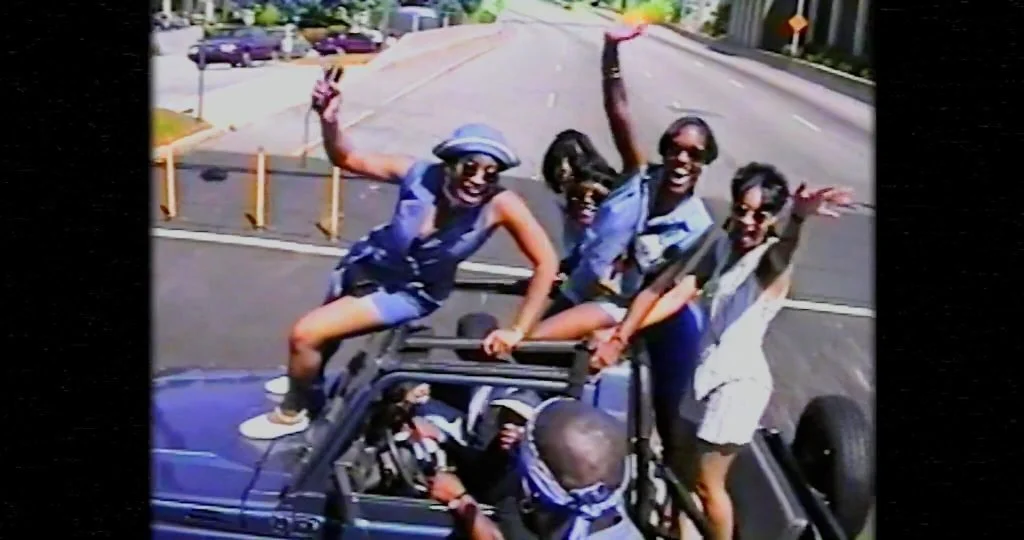
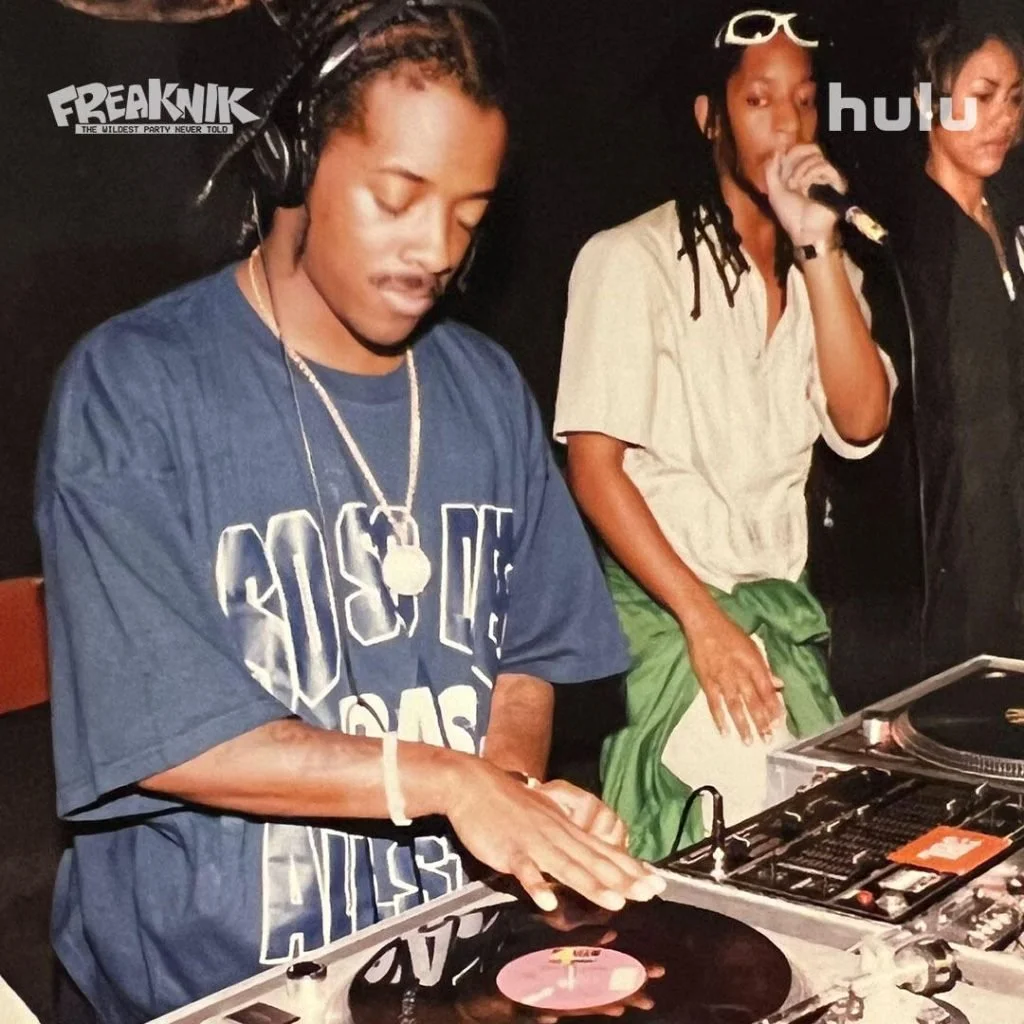
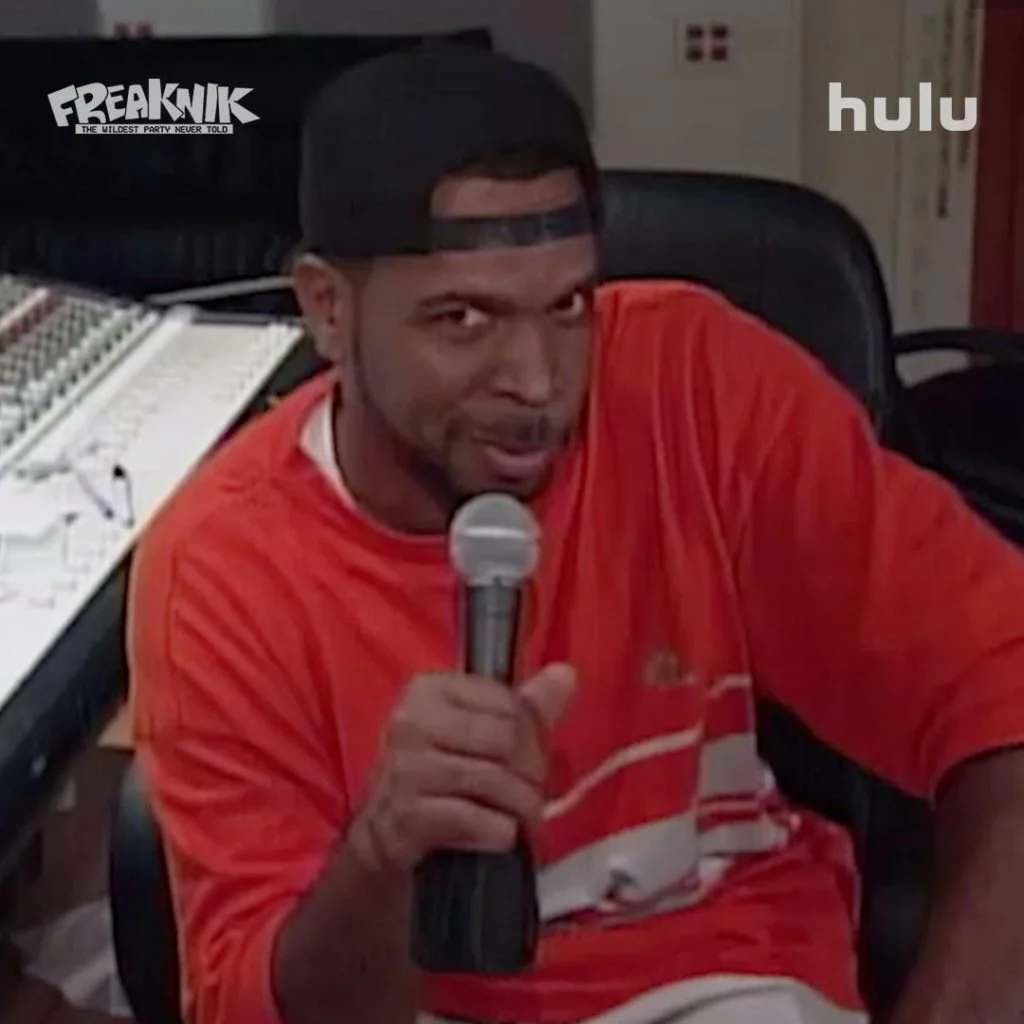
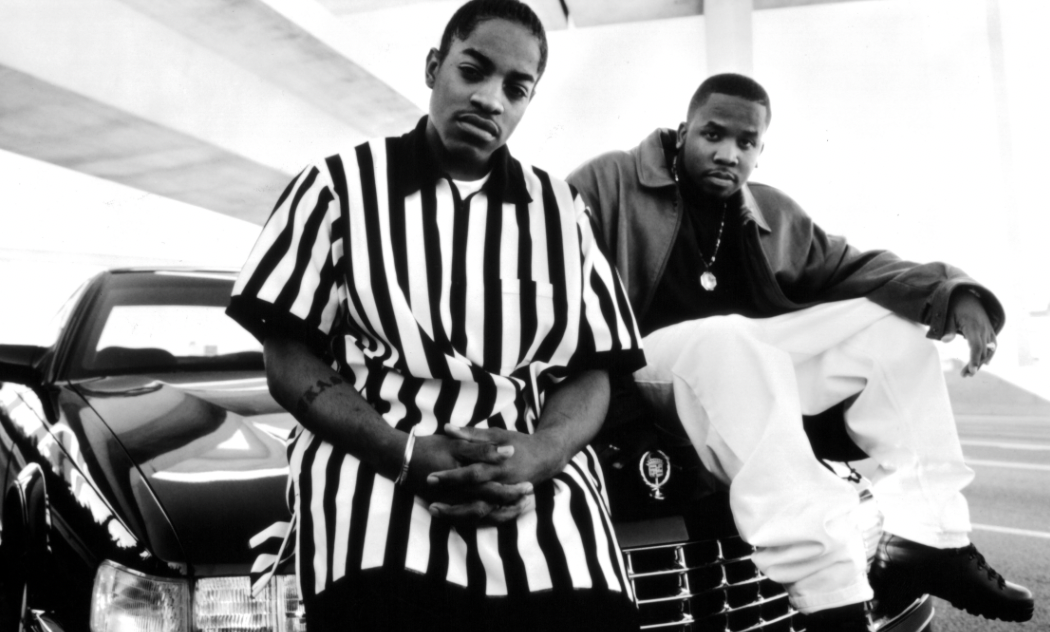




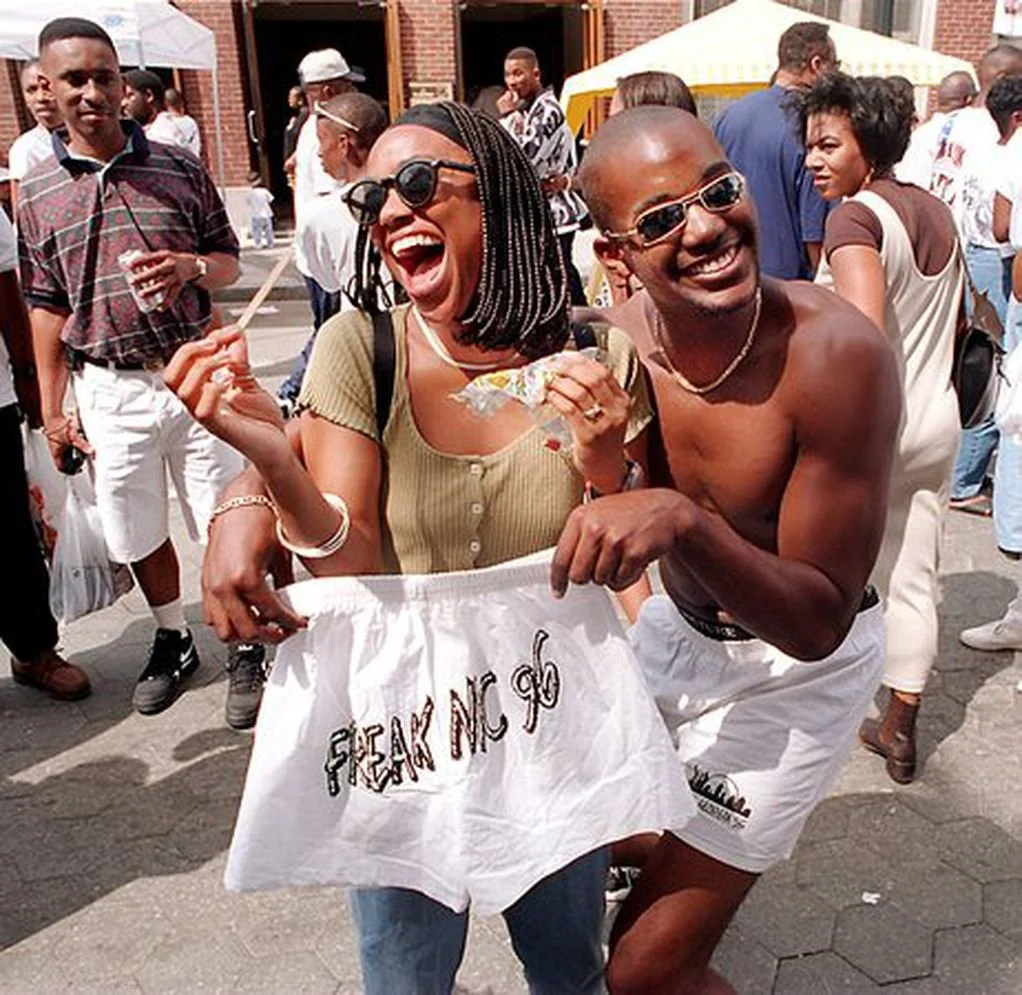


Meet Sharmaine Johnson, Media Correspondent for 247 Live Culture!
Email: Sharmaine@247LCTV.com